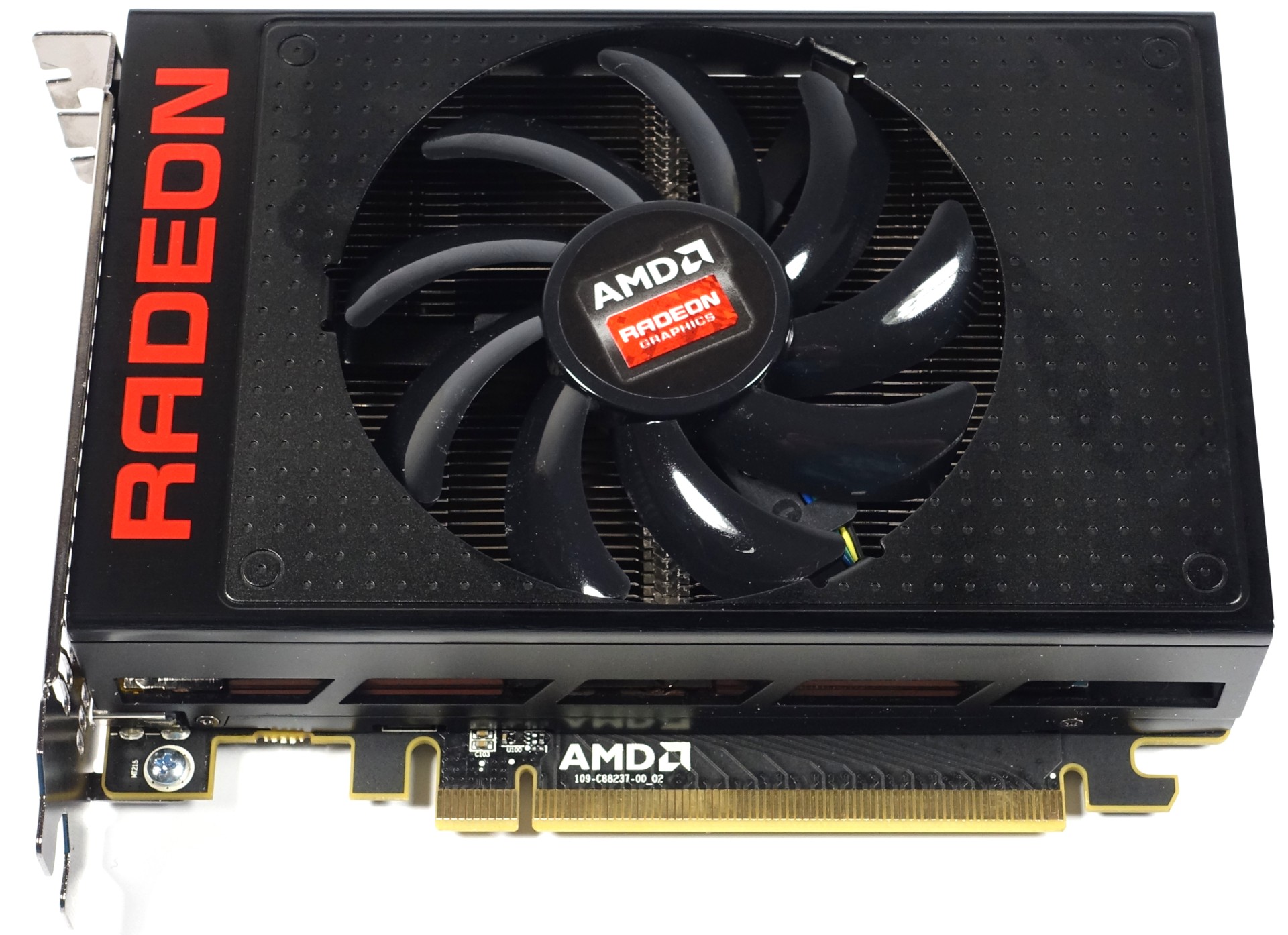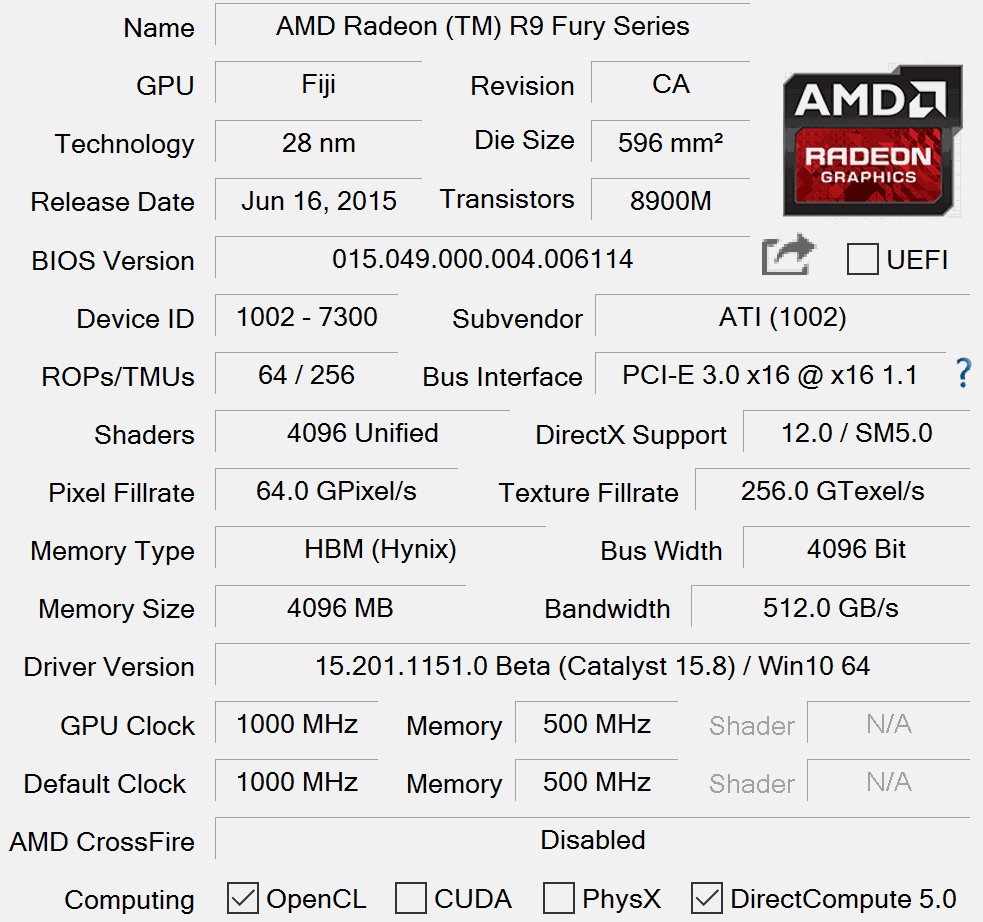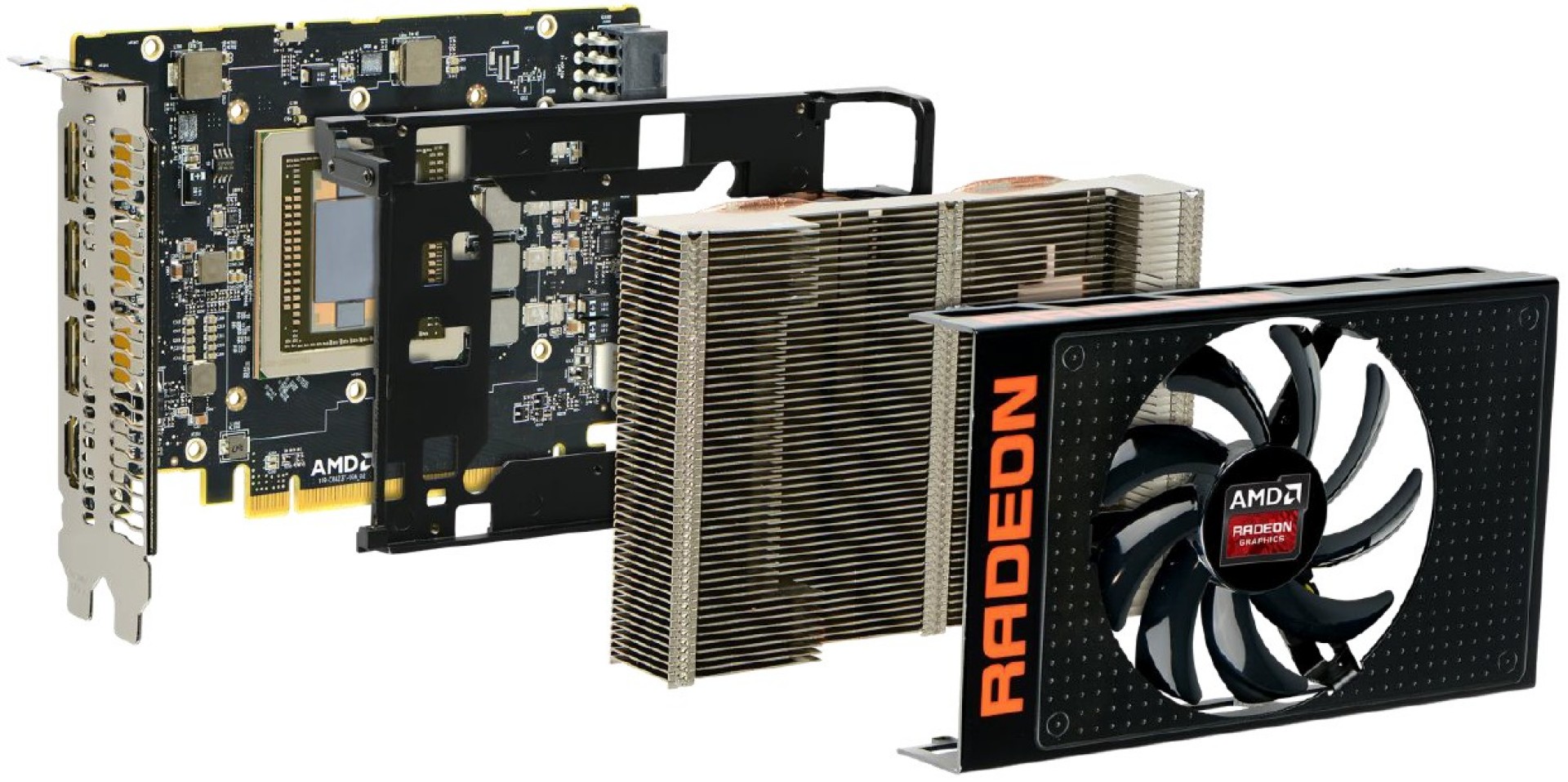AMD Radeon R9 Nano Review
Small, fast and pricey — that’s how AMD wants to establish a whole new product category. But does the Radeon R9 Nano have the performance to back up its price tag?
Detailed Overview
Let’s get to the main attraction: AMD's Radeon R9 Nano. The company made a lot of promises when it announced this card. It’s supposed to be smaller than most air-cooled graphics cards, but only slightly smaller than the water-cooled Radeon R9 Fury X. In addition, the Nano is claimed to be a more efficient implementation.
Before we get to our benchmarks, let’s go over the new card's specifications:
| Header Cell - Column 0 | AMD Radeon R9 Nano |
|---|---|
| GPU Clock Frequency | Stock: Up to 1000MHz |
| Memory Clock Frequency | Stock: 500MHz (HBM)Maximum Stable Overclock: Not Possible |
| Cooler | 2x Flat 10mm Heat Pipes 9cm Axial Fan, <7000 RPMVRM Cooler with Heat Pipe and Additional Body |
| Connectors | 3x DisplayPort, 1x HDMI (No HDMI 2.0) |
| Auxiliary Power Connectors | 1x Eight-Pin PCIe |
| Measured Power Consumption | 10W (Idle)286W (Gaming, Peak)281W (Stress Test, Throttling) |
| Dimensions (LxHxD) | 15.3 x 10.9 x 3.5cmRequires Two Slots |
| Weight | 603g (Graphics Card Alone) |
| Pros | - Extremely Small- Very Light- Robust Cover- Part of Waste Heat Blown Out of Slot on Back |
| Cons | - No HDMI 2.0- Coil Whining |
| Price | $649 (MSRP) |
Small, compact and air cooled. AMD’s Radeon R9 Nano has enough confidence to forgo a backplate. Its shroud is almost entirely free of plastic and reminiscent of the Fury X’s. This is just for looks, though. There’s no actual rubberized removable cover. You'd only think so from a distance.
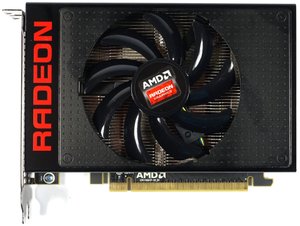

The exploded view shows the card’s components, from the PCA to the aforementioned cover.
As with AMD's Fury X, this card is especially compact due to the HBM (High Bandwidth Memory) stacked on the interposer. What’s new is the stabilization plate that makes contact with the voltage converters and carries their cooler. The VRM’s waste heat is transferred to this cooler via its own heat pipe. The sink doesn’t actually connect to the GPU cooler, but should still be able to take advantage of the fan’s airflow.
The graphics card’s design shows us that the GPU’s power supply is composed of just four phases. The included coils are also just standard fare, rather than low-vibration models.
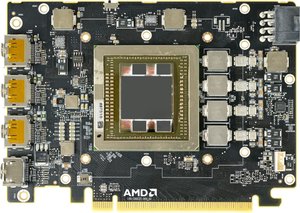
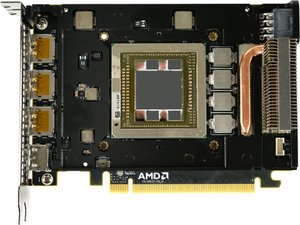
The GPU cooler has a hybrid design. Instead of using a heat sink and pipes, there’s a large vapor chamber in the center and two massive heat pipes that extend to the ends of the thermal solution. This is an interesting new design, and we’re eager to test how well it works.
Get Tom's Hardware's best news and in-depth reviews, straight to your inbox.

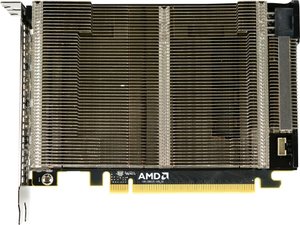
The cooling fins are aligned horizontally. This assures that at least some of the heated air is blown out the back via the slot cover.


The top and bottom of the graphics card are closed. This means hot air that doesn’t exit through the slot cover is blown out the opposite side and into your case. An eight-pin PCIe power connector sits right next to the opening. We can already tell you that one auxiliary connector is more than enough for AMD's Radeon R9 Nano.
As compact as the Nano may be, you need to add at least 3cm to its length as a result of that power connector pointing out the back. If all else fails, an angled adapter (available from any modding store) could save the day. It would have been great if AMD included connectors at the top and front of the card, giving builders a choice of which one to use.
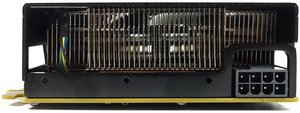
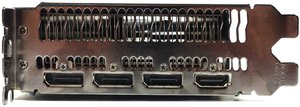
There aren’t a lot of connectors on the back of AMD's Radeon R9 Nano. You get three DisplayPort outputs and one HDMI port. In light of the R9 Nano’s focus on high-resolution gaming, we’re really disappointed the company didn't update its display controller to include HDMI 2.0 support. Except for those Ultra HD TV set owners who want to fiddle with active adapters, 30Hz is all you'll get.

Igor Wallossek wrote a wide variety of hardware articles for Tom's Hardware, with a strong focus on technical analysis and in-depth reviews. His contributions have spanned a broad spectrum of PC components, including GPUs, CPUs, workstations, and PC builds. His insightful articles provide readers with detailed knowledge to make informed decisions in the ever-evolving tech landscape
-
Eximo Looks like the table had a hiccup. GTX970 (OC) is showing a lot of the numbers from the R9-390X, and maybe a few numbers from the 980 column.Reply -
-Fran- It is a nice card and I agree, but... It's not USD $650 nice.Reply
This card is a very tough sell for AMD, specially since ITX cases that can house current long cards are not hard to find or weird enough to make short cards a thing.
It's nice to see it's up there with the GTX970 in terms of efficiency, since HTPCs need that to be viable and the card has no apparent shortcomings from what I could read here.
All in all, it needs to drop a bit in price. It's not "650 nice", but making it "~500 nice" sounds way better. Specially when the 970 mini is at 400.
Cheers! -
sna no HDMI2.0 in itx small system near the 4k TV is unforgivable AMD , what were you thinking?Reply -
sna Reply16605176 said:It is a nice card and I agree, but... It's not USD $650 nice.
This card is a very tough sell for AMD, specially since ITX cases that can house current long cards are not hard to find or weird enough to make short cards a thing.
It's nice to see it's up there with the GTX970 in terms of efficiency, since HTPCs need that to be viable and the card has no apparent shortcomings from what I could read here.
All in all, it needs to drop a bit in price. It's not "650 nice", but making it "~500 nice" sounds way better. Specially when the 970 mini is at 400.
Cheers!
well this card is for the smallest case ... not the easy to find huge long itx case.
I personaly find long itx cases useless ... they are very near to Matx case in size .. and people will pick up MATX ovet ITX any time if the size is the same.
BUT for 170mm long card ? this is a winner.
the only thing killing this product is the lack of HDMI2.0 which is very important for itx .. ITX are the console like PC near the tv.
-
heffeque Replyno HDMI2.0 in itx small system near the 4k TV is unforgivable AMD , what were you thinking?
I guess that they were thinking about DisplayPort? -
Nossy I'd go with the 950 GTX for a mini ITX build for a 1080pgaming/4k video HTPC.Reply
For a $650 bucks video card. I'd go with a 980TI and use a Raven RVZ01 if I want an ITX build with performance.
